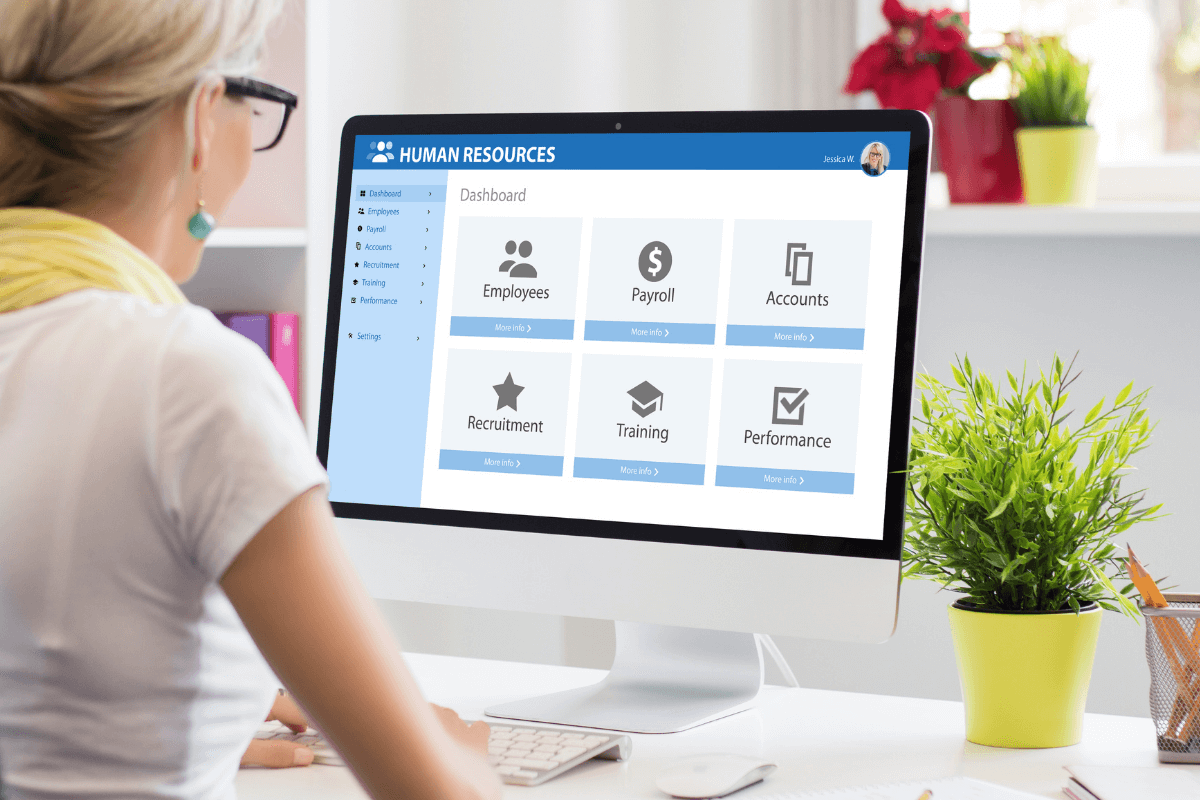
Digital vs physical documents – A HR scenario
Document driven processes are essential
Documents are like the blood of an organisation. It courses through the organisation for processes to take place, work to be done and ultimately for the organisation to function. The key is: Documents can exist physically as paper or as digital records.
The example of employment contracts
Employment contracts are documents, a canvas for the company to spell out its requirements to the new employees, for the incoming employee to read these obligations and to officially express his/her agreement to the terms spelt out. The document is then kept safe as a record for future reference. This spirit of officially committing to a role via the vehicle of employment contracts is essential.
Paper-based documents and processes
The preparation and process for the signing of an employment contract are still very much paper-based for some companies.
- The HR Admin or executive will fire up the word processor to prepare the contract using a pre-set template. Banks are filled in, words and numbers are edited based on the role and details of the candidate within the word processor.
- The document is printed out and manually handed to a senior HR person to check that the contract is prepared correctly and sign off.
- The HR executive will then collect the signed document and present it to the chosen candidate.
- The in-coming employee will read through the contract and sign off.
- The document will then be filed in a folder which will, in turn, be kept in a cabinet under locks and keys.
This entire paper-based process will take a long time to complete and does not take into account the time and energy that needs to be expended to find this document again in future.
Digital documents and processes
An HR department with an HR document management system will handle this differently.
Step 1
To prepare the employment contract, the HR executive fires up an electronic form within the HR Document Management system. This form contains fields that will customise the employment contract template for different employees. The form utilises drop-down lists and performs checks on fields to ensure data is complete and logical. No fields will be missed and segments of the employment contract that should not be changed will not be compromised. Once the form is completed the contract will be automatically merged with the fields and be generated.
An HR document management system should allow HR teams to create custom forms to automate HR processes as needed. Digital forms allow documents to be born digital. With this, no scanning of physical documents is needed. information is captured holistically as there is no loss of data from the scanning and Optical Character Recognition (OCR) processes. Computers and AI can assist humans from the very onset as they can also work on the digital document along aside humans. Humans can be assisted by automation and ease of finding documents.
Forms also allow the use of drop-down lists. The options in the drop-down can be pre-set or extracted real-time from databases. Drop-down lists facilitate uniformity and accuracy.
Forms also allow real-time logical field checks as well as real-time pop-ups to explain how to fill up the fields. Real-time pop-ups frequently appears as those small circles with a question mark in them. Once the mouse hovers on it, a pop-up call “tooltip” will appear to assist the user to better understand the requirement of the field.
Step 2
The executive will be prompted to send the document to the approving manager for vetting and approval. The executive does so with a single click. The document is routed to the HR manager.
With the creation of each digital form, a workflow can be tagged to the form. With the example of the preparation of an employment contract, the form is designed to be routed automatically to the HR manager once it is completed.
The HR document management system will automatically prompt the approving manager via email that there is an action needed on his/her part. After a pre-set time, if the form is still not resolved, the system will follow up with a reminder email. No manual chasing is needed.
Step 3
The manager vet through the fields and the contract and gives his/her approval within the HR document management system. The system automatically sends an email to the HR executive to share that the contract is approved and ready for use.
Step 4
The incoming employee signs off the document digitally within the HR document management system. A digital copy of the signed contract is sent to the new employee automatically within the system.
Step 5
The HR document management system will also create a folder for the incoming employee. Where all future documents, as well as the employment contract, will be stored. A pre-set retention schedule will also be automatically applied. This fulfils the requirements of the important PDPA and GDPR.
The HR document management system will also automatically index all the documents so they are easily retrievable via keyword search.
Role-Based access where only authorised personnel within the HR department can access the documents ensure that the personal information of the candidate is kept safe.
